
The 455th Air Expeditionary Wing was a provisional United States Air Force unit located at Bagram Airfield, Afghanistan, from 2002 to 2021. It was one of two expeditionary wings in Afghanistan. Most wing personnel were located at the Air Force Village known as Camp Cunningham.
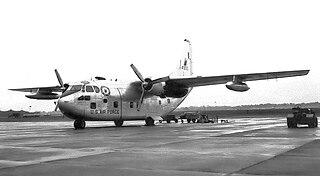
The 309th Maintenance Wing is an inactive wing of the United States Air Force last based at Hill Air Force Base, Utah. On July 12, 2012 it was inactivated and its function became part of the Ogden Air Logistics Complex.

The 741st Missile Squadron is a United States Air Force unit stationed at Minot Air Force Base, North Dakota. The squadron is equipped with the LGM-30G Minuteman III intercontinental ballistic missile, with a mission of nuclear deterrence.

The 740th Missile Squadron is a United States Air Force unit stationed at Minot Air Force Base, North Dakota. The squadron is equipped with the LGM-30G Minuteman III intercontinental ballistic missile, with a mission of nuclear deterrence.
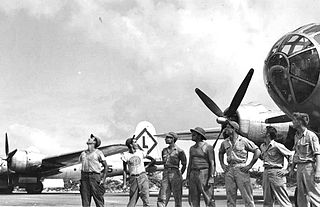
The 331st Bombardment Group is an inactive United States Air Force unit. It was last assigned to the 315th Bombardment Wing, being stationed at Northwest Field, Guam. It was inactivated on 15 April 1946.

The 346th Bombardment Group is a former United States Army Air Forces unit. It was last assigned to the 316th Bombardment Wing at Kadena Airfield, Okinawa, where it was inactivated on 30 June 1946. The group was originally a heavy bomber training unit, but was inactivated in a general reorganization of Army Air Forces training units in 1944. It was reorganized as a Boeing B-29 Superfortress group later that year. It moved to Okinawa in 1945, but arrived too late to participate in combat.

The 305th Air Division is an inactive United States Air Force organization. Its last assignment was with Continental Air Command, assigned to Fourth Air Force at McChord Air Force Base, Washington, where it was inactivated on 27 June 1949.

The 338th Bombardment Group is a disbanded United States Air Force unit. It was last active with Continental Air Command at O'Hare International Airport, Illinois on 27 June 1949. It was first activated during World War II as the 338th Fighter Group and served primarily as a training unit until it was disbanded in 1944. The group was reconstituted in the reserves in 1947, but was inactivated when military spending was reduced in 1949.
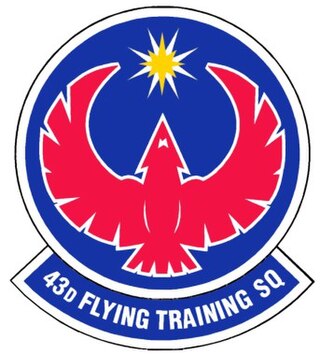
The 43d Flying Training Squadron is part of the 340th Flying Training Group and is the reserve associate to the 14th Flying Training Wing based at Columbus Air Force Base, Mississippi. It operates Raytheon T-1 Jayhawk, Beechcraft T-6 Texan II and Northrop T-38 Talon aircraft conducting flight training.

The 742d Missile Squadron is a United States Air Force unit stationed at Minot Air Force Base, North Dakota. The squadron is equipped with the LGM-30G Minuteman III intercontinental ballistic missile, with a mission of nuclear deterrence.

The V Fighter Command is a disbanded United States Air Force headquarters. It was established as the 2nd Interceptor Command in June 1941, with responsibility for air defense of the northwest United States and training fighter units in its area of responsibility. Shortly after the attack on Pearl Harbor, the Army formed Western Defense Command, with responsibility for the entire Pacific coast. All air defense functions were transferred to 4th Interceptor Command, and the command was slated for transfer to the Southwest Pacific Theater as 5th Fighter Command.

The VII Bomber Command is an inactive United States Air Force unit. Its last assignment was with Seventh Air Force, based on Okinawa. It was inactivated on 31 March 1946.

The 465th Tactical Training Squadron is an inactive United States Air Force unit. During World War II as the 465th Bombardment Squadron, it was an operational and replacement unit from 1942 to 1944, when it was disbanded in a general reorganization of Army Air Forces training and support units in the United States. The squadron was reconstituted as the 465th Tactical Fighter Training Squadron in 1973 and briefly operated the General Dynamics F-111 Aardvark at Cannon Air Force Base, New Mexico. It moved to Holloman Air Force Base, New Mexico and operated as a fighter and academic training unit until inactivating in 1991.

The 362d Tactical Electronic Warfare Squadron is an inactive United States Air Force unit. It was last assigned to the 6498th Air Base Wing at Da Nang Air Base, Republic of Vietnam. It was inactivated on 28 February 1973.

The 461st Bombardment Squadron is an inactive United States Air Force unit. Its last assignment was with 346th Bombardment Group at Kadena Airfield, Okinawa, where it was inactivated on 30 June 1946. From 1942 the squadron served as a replacement training unit for heavy bomber aircrews. It was inactivated in the spring of 1944 in a general reorganization of Army Air Forces training units. The squadron was activated again in 1944 as a Boeing B-29 Superfortress unit. Although it deployed to the Pacific, it arrived too late to see combat service.
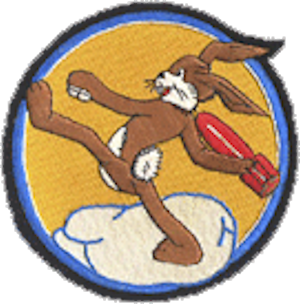
The 463d Bombardment Squadron is an inactive United States Air Force unit. Its last assignment was with 346th Bombardment Group at Kadena Airfield, Okinawa, where it was inactivated on 30 June 1946. From 1942 the squadron served as a replacement training unit for heavy bomber aircrews. It was inactivated in the spring of 1944 in a general reorganization of Army Air Forces training units. The squadron was activated again in 1944 as a Boeing B-29 Superfortress unit. Although it deployed to the Pacific, it arrived too late to see combat service.

The 743d Bombardment Squadron was first activated in June 1943. After training in the United States with the Consolidated B-24 Liberator bombers, the 743d deployed to the Mediterranean Theater of Operations, participating in the strategic bombing campaign against Germany. It earned two Distinguished Unit Citations for its combat operations. Following V-E Day, it remained in Italy without its flight echelon until inactivating in September 1945

The 333d Special Operations Wing is an inactive United States Air Force unit. It was active from July 1968 through March 1970 at Pleiku Air Base, South Vietnam. In 1985, the wing was consolidated with the 333d Bombardment Group as the 333d Special Operations Wing.
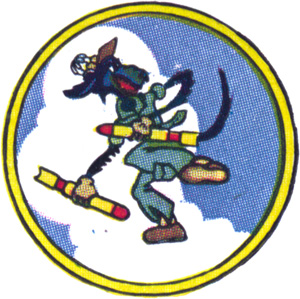
The 474th Tactical Electronic Warfare Squadron is an inactive United States Air Force unit. Its first predecessor is the 474th Bombardment Squadron, which served as a medium bomber training unit from 1942 to 1944, when it was disbanded in a reorganization of Army Air Forces training units.

The 323d Expeditionary Operations Group is a provisional United States Air Force unit assigned to the United States Air Forces in Europe. As a provisional unit, it may be activated or inactivated at any time.





















